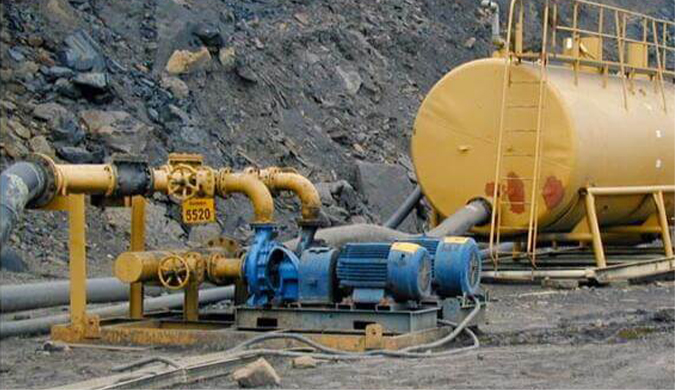Tajik
- Afrikaans
- Albanian
- Amharic
- Arabic
- Armenian
- Azerbaijani
- Basque
- Belarusian
- Bengali
- Bosnian
- Bulgarian
- Catalan
- Cebuano
- Corsican
- Croatian
- Czech
- Danish
- Dutch
- English
- Esperanto
- Estonian
- Finnish
- French
- Frisian
- Galician
- Georgian
- German
- Greek
- Gujarati
- Haitian Creole
- hausa
- hawaiian
- Hebrew
- Hindi
- Miao
- Hungarian
- Icelandic
- igbo
- Indonesian
- irish
- Italian
- Japanese
- Javanese
- Kannada
- kazakh
- Khmer
- Rwandese
- Korean
- Kurdish
- Kyrgyz
- Lao
- Latin
- Latvian
- Lithuanian
- Luxembourgish
- Macedonian
- Malgashi
- Malay
- Malayalam
- Maltese
- Maori
- Marathi
- Mongolian
- Myanmar
- Nepali
- Norwegian
- Norwegian
- Occitan
- Pashto
- Persian
- Polish
- Portuguese
- Punjabi
- Romanian
- Russian
- Samoan
- Scottish Gaelic
- Serbian
- Sesotho
- Shona
- Sindhi
- Sinhala
- Slovak
- Slovenian
- Somali
- Spanish
- Sundanese
- Swahili
- Swedish
- Tagalog
- Tajik
- Tamil
- Tatar
- Telugu
- Thai
- Turkish
- Turkmen
- Ukrainian
- Urdu
- Uighur
- Uzbek
- Vietnamese
- Welsh
- Bantu
- Yiddish
- Yoruba
- Zulu
Telephone: +86 13120555503
Email: frank@cypump.com
Aug . 13, 2024 18:31 Back to list
Durable Rubber Components for Slurry Pumps Enhancing Performance and Longevity in Harsh Environments
Understanding the Importance of Rubber Parts in Slurry Pumps
Slurry pumps are critical in various industries, including mining, construction, and wastewater treatment. They are designed to handle abrasive and corrosive materials, which can cause significant wear and damage to pump components. One of the most vital elements of slurry pumps is their rubber parts. These components are essential for enhancing the pump's efficiency, longevity, and overall performance.
The Role of Rubber Parts in Slurry Pumps
Rubber parts in slurry pumps primarily include liners, impellers, and seals. Their primary role is to provide a protective barrier against the slurry’s abrasive nature while ensuring a tight seal to prevent leaks. The unique properties of rubber—such as flexibility, resilience, and resistance to wear—make it an ideal material for these applications.
1. Liners The liners in slurry pumps are typically made from rubber compounds specifically formulated to withstand wear from solids. Rubber liners not only protect the pump casing from erosion but also provide a smooth surface that reduces friction. This reduces energy consumption, leading to improved pump efficiency.
2. Impellers The impeller is crucial for generating the hydraulic energy needed to move slurry. Rubber impellers are engineered to maintain their shape and flexibility, allowing them to handle varied slurry compositions while minimizing the risk of clogging. The corrosion resistance of rubber also adds value, especially in applications where the slurry may contain corrosive substances.
3. Seals Proper sealing is critical for preventing leakage of slurry and maintaining the integrity of the pump system. Rubber seals are designed to withstand the pressures and temperatures that occur during pumping operations. They provide excellent sealing capabilities that help maintain operational efficiency and reduce the need for frequent maintenance.
Advantages of Using Rubber Parts
The utilization of rubber parts in slurry pumps comes with numerous advantages
slurry pump rubber parts

- Wear Resistance Rubber can withstand the abrasiveness of the slurry, significantly extending the life of the pump components compared to their metal counterparts.
- Cost-Effectiveness Although rubber parts may require higher upfront investment, their durability results in lower maintenance and replacement costs over time. This makes them a more cost-effective solution in the long run.
- Operational Efficiency Rubber parts contribute to improved efficiency in slurry pumps by minimizing energy losses. When pumps run efficiently, the overall operational costs decrease.
- Customization Rubber can be molded into specific shapes and sizes, allowing manufacturers to create tailored solutions for unique pumping applications. This adaptability makes rubber an appealing option for various slurry compositions and industry needs.
Challenges and Considerations
While rubber parts offer substantial benefits, there are also challenges to consider. Temperature sensitivity can affect the material's performance. High temperatures might lead to degradation, while low temperatures can make rubber brittle. Additionally, the correct formulation of rubber compounds is critical, as variations can impact resistance to abrasive and corrosive environments.
Conclusion
Rubber parts play an indispensable role in the performance and longevity of slurry pumps. With their exceptional wear resistance, cost-effectiveness, and operational benefits, they significantly enhance the efficiency and reliability of pumping systems. As industries continue to evolve, the demand for reliable and durable pumps will only increase, making advanced rubber technology essential for future developments. Therefore, investing in high-quality rubber parts is key to optimizing slurry pump performance and ensuring that they meet the rigorous demands of various industrial applications.
-
ISG Series Vertical Pipeline Pump - Chi Yuan Pumps Co., LTD.|High Efficiency, Energy Saving, Low Noise
NewsJul.30,2025
-
ISG Series Vertical Pipeline Pump- Chi Yuan Pumps|High Efficiency&Low Noise
NewsJul.30,2025
-
ISG Series Vertical Pipeline Pump-Chi Yuan Pumps Co., LTD.|High Efficiency&Energy Conservation
NewsJul.30,2025
-
ISG Series Vertical Pipeline Pump - Chi Yuan Pumps Co., LTD.|Advanced Hydraulic Design&Energy-Efficient Solutions
NewsJul.30,2025
-
ISG Series Vertical Pipeline Pump - Chi Yuan Pumps Co., LTD.
NewsJul.30,2025
-
ISG Series Vertical Pipeline Pump - Chi Yuan Pumps Co., LTD.|energy-efficient fluid handling&industrial durability
NewsJul.30,2025










